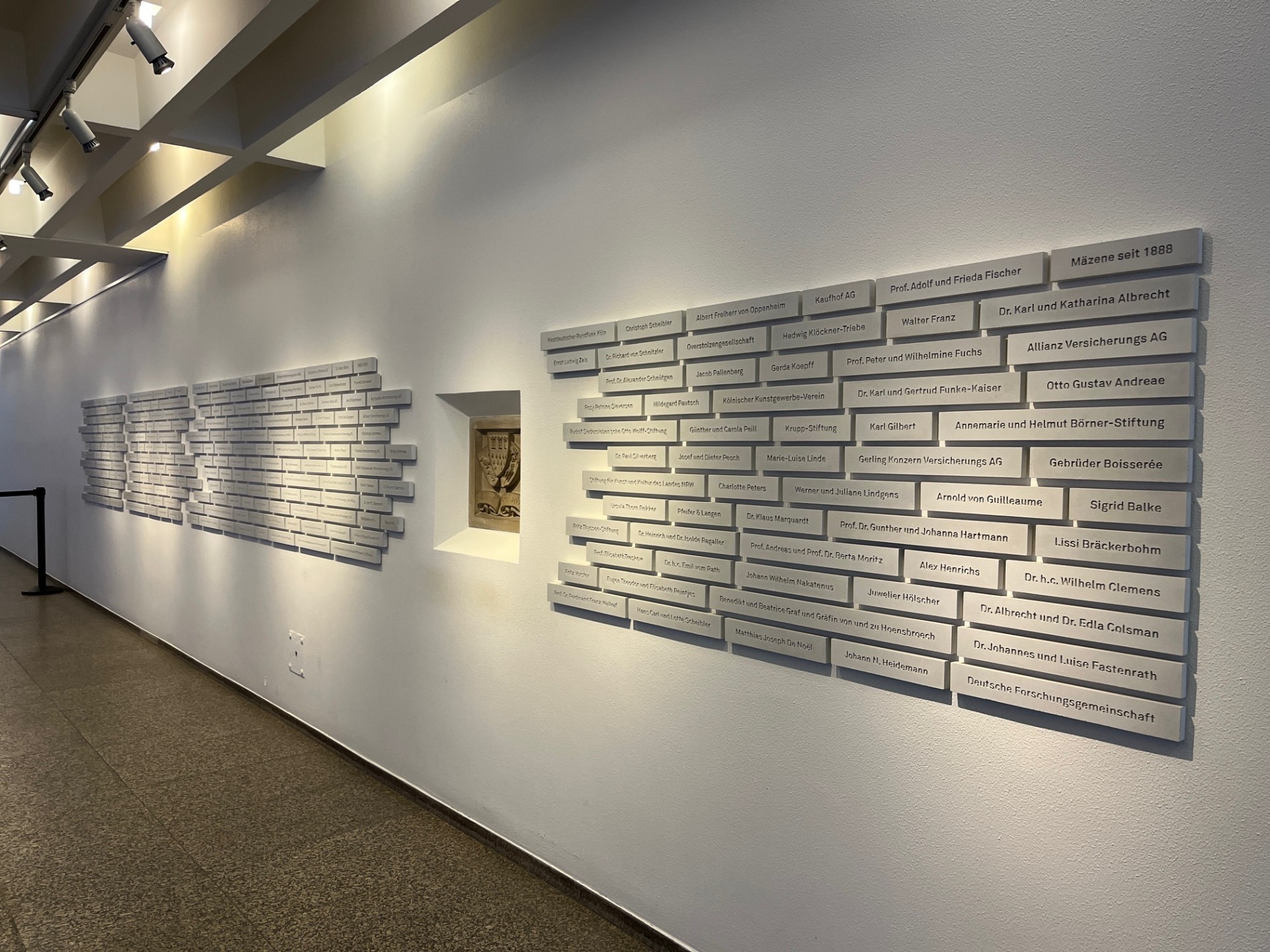Patrons and Donators
The commitment of patrons and donators not only keeps the museum alive: it was a prerequisite for its foundation.

In the Kölnische Kunstgewerbe-Verein, whose purpose was the “extension of the applied arts collection” and who would “pay considerable annual fees”, the most important citizens of Cologne were represented as often generous patrons and supporters: goldsmiths like Gabriel Hermeling (1833-1904) and architects like Hermann Pflaume (1830-1901); furniture and textile manufacturers like Jacob Pallenberg (1831-1900) and Otto Andreae (1833-1910), who financed and equipped the new building at Hansaring in 1900; bankers like Albert von Oppenheim (1834-1912) or Johann Heinrich Stein (1832-1911); collectors like Canon Alexander Schnütgen (1843-1918) or councillor and mayor Karl Thewalt (1833-1902), who donated entire collections or important pieces.
Refounded in 1963 as Overstolzengesellschaft, the society is, today, still committed to supporting both the museum’s collections and its activities in the areas of research, publishing and exhibition. The list of other patrons and donators, whose financial support and donations have contributed to the museum’s reputation of housing one of the most renowned collections in Europe, is very long and includes Ernst Ludwig Zais (1837-1903), Johannes Fastenrath (1839-1908), Werner and Juliane Lindgens (1889-1945 and 1889-1945), Karl and Gertrud Funke-Kaiser (1900-1971 and 1906-1986), Paul Silverberg (1876-1959), Elisabeth Treskow (1898-1992), Rosy Petrine Sieversen (1914-2001) and Alex Henrichs.
The most important individual donors, who were most influential in determining the museum’s development, are Wilhelm Clemens (1847-1934), whose large collection of pictures, sculptures, weapons, furniture, examples of the goldsmith's art and jewellery was donated in 1919, and Richard G. Winkler, whose outstanding collection of European and American design, as well as of high-class pieces of 20th century art, has led to the epochal introduction of the ‘Art + Design in Dialogue’ department.